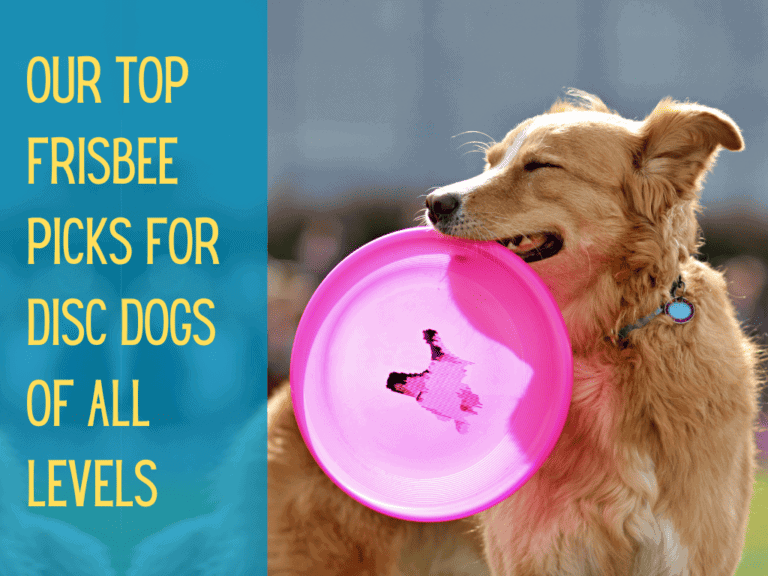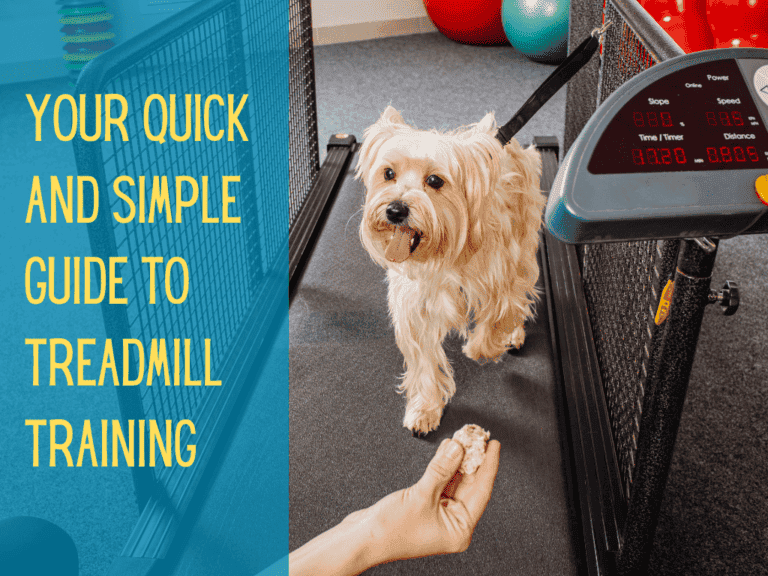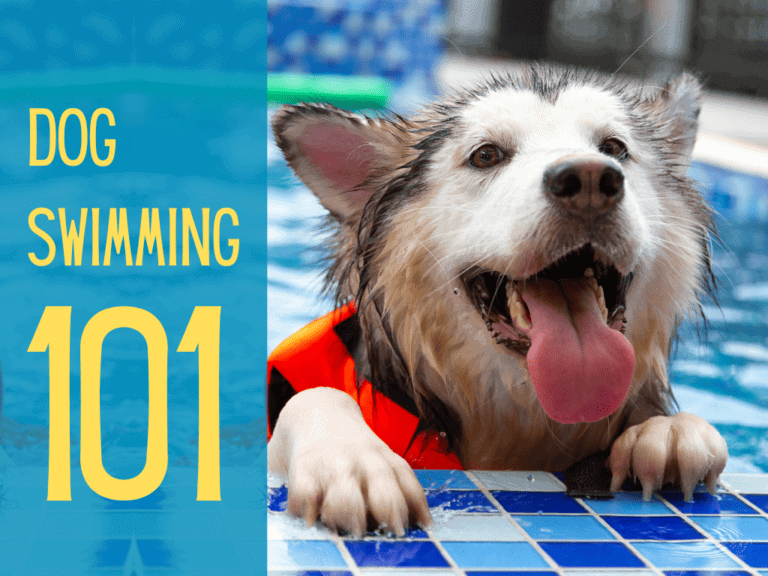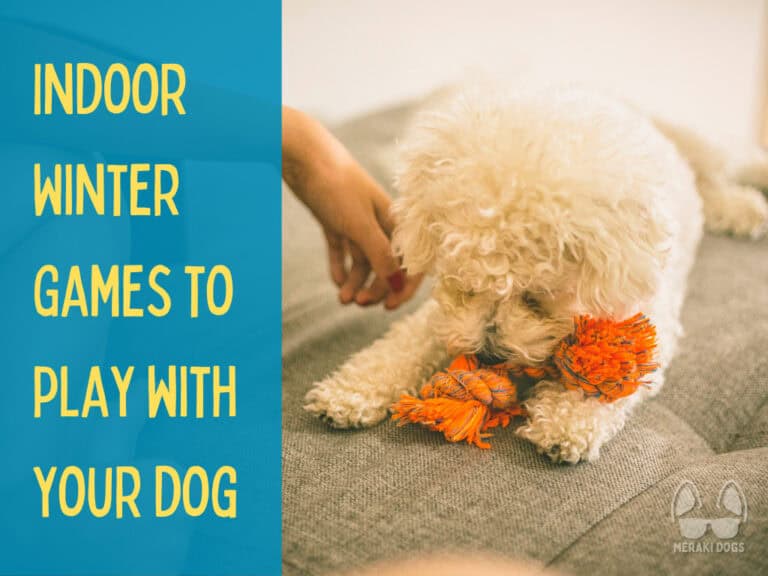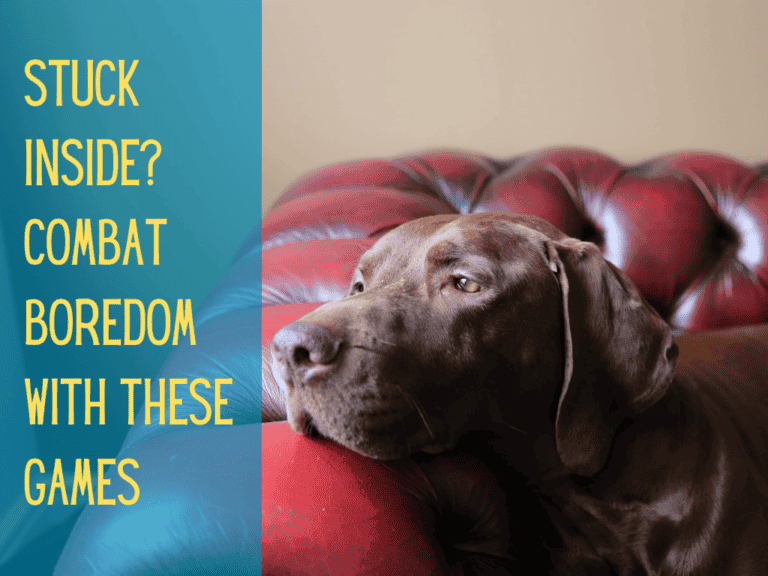How to Slat Mill Train Your Dog in 7 Easy Steps

Meraki Dogs may earn a small commission when you buy through links on this site at no cost to you. See our disclaimer here.
You’ve got a high-energy dog bouncing off the walls, and walks around the block just aren’t cutting it anymore. Maybe your pup’s training for sport or needs a structured way to burn off some steam. Or maybe you’ve heard about slat mills and wondered if it’s just a fancy dog treadmill or something more.
Whatever brought you here, if you’re curious about dog slat mill training and how to do it right, you’re in the right spot.
Because here’s the thing: throwing your dog on a slat mill without a plan is a great way to waste money, frustrate your dog, and possibly cause injury. But with a step-by-step approach, some patience, and a handful of treats, this tool can be a game changer.
Key Takeaways:
- Slat mills offer safe, structured exercise for dogs when used correctly.
- Start slow—build confidence and stamina over time.
- Motivation, consistency, and safety are everything.
- Not every dog is ready for a slat mill—know the signs to stop.
What Is a Dog Slat Mill?
Let’s clear up the confusion right away.
A dog slat mill is not your average dog treadmill. It’s a self-propelled device with a running belt made from wooden or plastic slats, allowing your dog to control the speed. There’s no motor forcing movement, which gives your dog the freedom to run at their own pace.
Key differences between a slat mill and a treadmill:
- Slat Mill = dog-powered, ideal for stamina and sprint work
- Treadmill = motor-powered, better for steady pace training and rehab
Why slat mills work so well
- Promotes natural running gait
- Safer than leash-running on concrete
- Great for rainy days, indoor activities or high-drive breeds
- Adjustable and can be used for sprint training or long-distance endurance
This isn’t just “cardio on a leash.” It’s structured, adjustable, and powerful when used correctly.
Benefits of Slat Mill Training for Dogs
If your dog is full of energy, eats stress for breakfast, and turns your living room into an obstacle course—slat mill training can help. A lot.
Here’s what it improves:
- Cardio stamina: Dogs build serious lung capacity and endurance.
- Muscle tone: Especially in the shoulders, hind legs, and core.
- Behavior: Tired dogs are less likely to get into shenanigans.
- Focus: Regular physical output sharpens mental discipline.
- Weight control: Ideal for overweight dogs needing structured movement.
High-drive dogs like Pit Bulls, Belgian Malinois, German Shepherds, and working line mixes absolutely thrive with this kind of training—if it’s done right.
Safety First – Preparing for Slat Mill Training
Slat mills aren’t toys. They’re performance equipment. So prep like you would for the gym—safety comes first.
Before you even think about turning that belt:
- Vet check: Rule out heart conditions, joint problems, or any underlying health issues.
- Age matters: No slat mill work for dogs under 12 months—their joints aren’t ready.
- Proper harness: Use a secure, padded Y-harness—never just a collar.
- Quiet setup: Set up the mill in a calm, low-distraction space.
Ease them into it like you would a nervous friend trying CrossFit for the first time. No pressure, no rush.

Step-by-Step Dog Slat Mill Training Guide
Slat mill training doesn’t have to be complicated, but it does need to be intentional. Every step builds confidence and trust—not just in the machine, but in you.
Here’s exactly how to train your dog on a slat mill in 7 clear, realistic steps:
Step 1: Familiarization
First things first—let your dog check out the slat mill like it’s a new friend, not a scary contraption.
- Let them sniff it, walk around it, step on it (if they want), and get used to the sound and feel of the slats under their paws.
- Keep the environment calm. No background chaos, no pressure, no sudden movements.
- Toss a few treats on the belt. Let your dog walk on to get them. Praise every ounce of curiosity.
Tip: This part isn’t optional. If your dog doesn’t trust the equipment, nothing else works.
Step 2: Hook Up the Harness
Now we introduce structure. That starts with the right gear.
- Use a secure, well-fitted harness, preferably padded and designed for movement—not a basic walking harness.
- Hook the back clip of the harness to the anchor point on the slat mill. This doesn’t force movement, it just keeps them centered and safe.
- Keep the leash on, too—for guidance and safety as you work alongside the mill.
Don’t skip this: Hooking your dog up helps them understand, “This is a job now.” It shifts their mindset from play to focus.
Step 3: Encourage Forward Motion
Here’s where most dogs get confused—and where many owners give up too soon.
- Your dog might just stand there. Totally normal.
- The belt won’t move unless they move it. And if they’re unsure, they just… won’t.
So what do you do? You motivate.
- Stand at the front of the mill, hold a favorite toy or treat, and encourage them with upbeat words.
- For toy-driven dogs, use a flirt pole or tug toy.
- For food-driven dogs, a smelly treat held just out of reach can do wonders.
The goal is just one step forward. Then praise like they’ve won gold at the dog Olympics.
Step 4: Keep It Short and Sweet
Once they start moving—even just a little—keep it brief. Like “2–5 minutes and done” brief.
- Too much, too soon makes dogs mentally and physically tired.
- Watch for hesitation or frustration—if your dog stalls or wants off, let them stop.
- End the session with a reward, water, and a little play.
Short wins build long-term confidence.
Step 5: Gradually Increase Duration
Now that your dog is moving confidently, it’s time to build that stamina.
- Add just a couple minutes per session, a few times a week.
- Don’t push every session to go longer—some should stay short for variety and recovery.
- Switch it up: one session for speed, another for endurance.
Pro tip: You don’t need to max out your dog. You need to keep them loving the process.
Step 6: Monitor Progress and Adjust
This is where training gets strategic.
- Watch your dog’s stride: Is it fluid or sloppy? Are they panting too early? Slowing down a lot?
- Check paws after each session to catch any early signs of wear.
- Note their attitude. If your dog suddenly resists training, something might be off physically—or maybe it’s just boredom.
Track their performance in a notebook or app. It’s not obsessive; it’s smart conditioning.
Step 7: Cool Down and Reset
Don’t just unhook and call it a day. End your session like a pro.
- Slow the pace naturally as your dog winds down (they’ll usually do this on their own).
- Let them walk on a flat surface for a few minutes post-mill.
- Offer water, some calming praise, and optional light stretching or massage if they’re into that.
A good cool-down reduces soreness and injury risk.
One Last Note: Some Dogs Take Time While Others Jump Right In
Every dog is different. Some take to the slat mill immediately, like they’ve been waiting their whole life for it. Others stare at you like, “You want me to what now?”
If your dog doesn’t take to it right away—that’s normal.
- Be patient.
- Stay positive.
- Reward any effort.
Eventually, most dogs adjust, and many learn to love it. They figure out that movement gets them treats, toys, praise—and it scratches that working-dog itch many high-drive breeds carry.
Common Mistakes to Avoid
Let’s save you some headaches. These are the classic “whoops” moments new slat mill users often face:
- Going too long too fast: Leads to burnout, injury, or fear of the mill.
- Forcing your dog: Dragging them onto the mill is a great way to create aversion.
- Skipping warm-up/cool-down: Big mistake—cold muscles tear faster.
- Ignoring fatigue: Panting hard, sloppy stride, trying to hop off—these are all red flags.
Be your dog’s coach, not a drill sergeant.
Tips for Keeping Your Dog Motivated
You can’t bribe your way to good training—but you can motivate smart.
- Use high-value treats for effort, not just completion.
- Toys and tug games post-mill work great as a reward.
- Make it a game: build drive using flirt poles or chase games beforehand.
Rotate slat mill days with other dog cardio training like hiking, scent work, flirt pole play, or structured walks. Variety keeps them engaged.
When to Avoid Slat Mill Training
This tool isn’t for every dog, and that’s okay. Avoid slat mill work if:
- Your dog is under 12 months old (their bones and joints are still developing)
- Your dog has hip dysplasia, arthritis, heart issues
- You can’t supervise every session
- Your dog is showing signs of overheating
Be smart. No workout is worth your dog’s physical or mental health.
Final Thoughts
Dog slat mill training can be a game-changer for fitness, focus, and discipline—if you do it right. Start slow, build gradually, and pay attention to your dog’s comfort every step of the way. Slat mills aren’t magic, but they’re one of the best tools out there when paired with good training and common sense.
Want more training tips, gear reviews, and conditioning plans that actually work?
Join my newsletter and start building your dog’s best body and brain—one session at a time.


